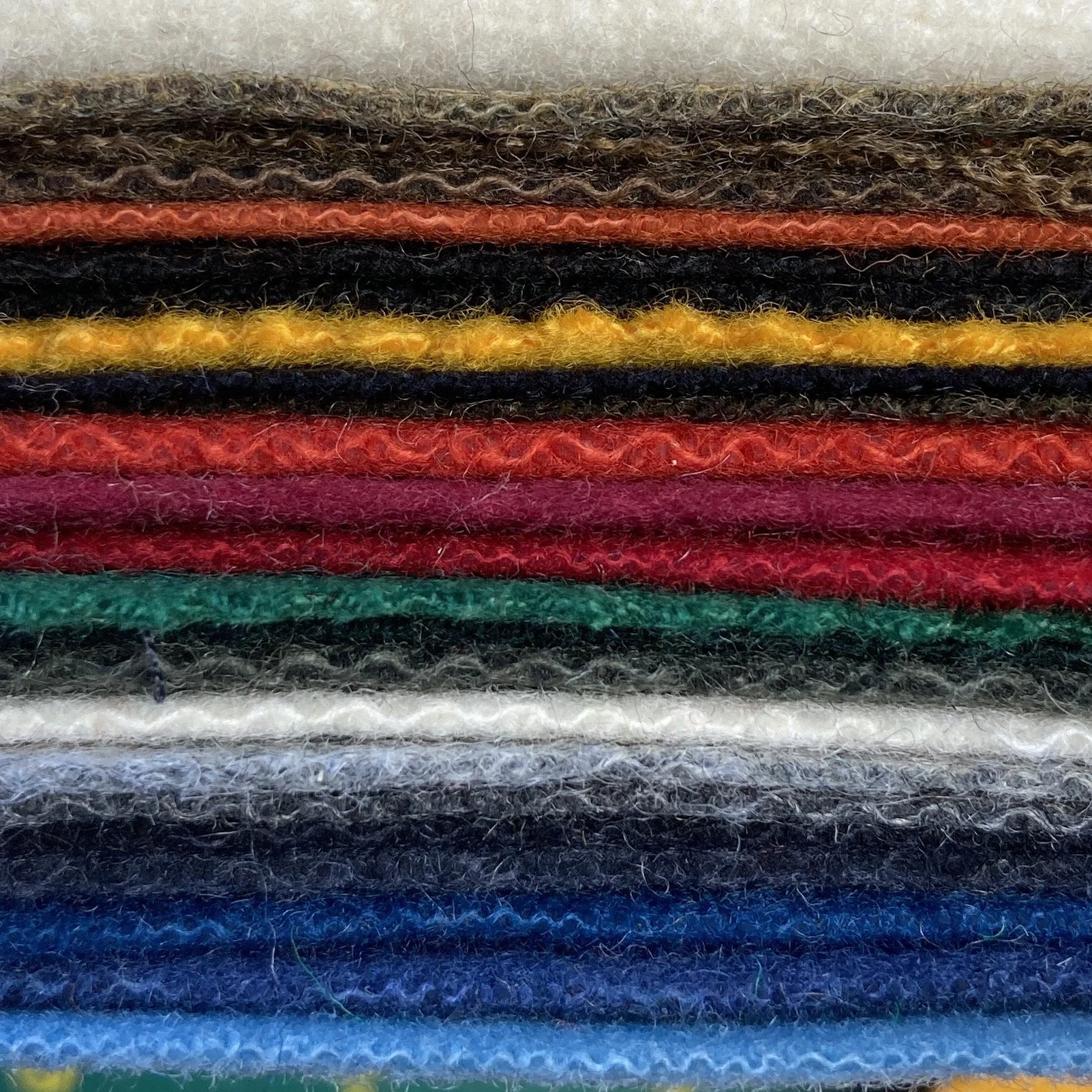Sustainable Fashion
What do we mean by ‘sustainable’ in this context? The Oxford English Dictionary includes this definition:
Designating forms of human activity (esp. of an economic nature) in which environmental degradation is minimized, esp. by avoiding the long-term depletion of natural resources; of or relating to activity of this type. (2019)
The United Nations Sustainable Development Goals aim to end poverty while improving education and health for all, while at the same time not depleting the resources of the planet. There are 17 Goals of which two might be considered to be those where the fashion industry can make the greatest impact:
SD 12 Responsible consumption and production: Ensure sustainable production and consumption patterns
SD13 Climate Action: Take urgent action to combat climate change and its impacts
The Ellen MacArthur Foundation has been working with a range of industries to explore the idea of the circular economy. The circular economy is based on three principles:
Eliminate waste and pollution
Circulate products and materials (at their highest value)
Regenerate nature
The fashion industry is a major contributor to the waste mountains around the world - a truckload of clothes is burned or sent to landfill every second. So the Foundation has been working to develop a vision of how the fashion industry can become circular.
There is not a simple solution for the fashion industry, but all the stake-holders have a part to play. Some examples of what can be done:
Designers:
minimal waste in cutting cloth
‘forever fashion’ – clothes the purchaser will want to keep and wear long term
clothes that can be dismantled easily – for repurposing and recycling
Manufacturers:
minimal waste of raw materials – ensure that high value pre-consumer ‘waste’ from the process is repurposed
reduce energy consumption and use sustainable energy resources
be responsible employers, I wrote more about this in Ethical and Soulful
Retailers:
prolong the cycle between items coming into the store and being replaced with another design
ensure that returned items and other unsold items are used, and not destroyed
Consumers
buy clothes that are well made and will be kept and worn many time
do not launder unnecessarily – most of the environmental impact from clothing over its life over its life is due to laundering (Fletcher, 2014)
repair rather than trash
There are two issues that will need to be resolved in moving to more sustainable fashion:
Clothes that are better made and last longer will cost more when purchased. We are back to the problem described by Robert Tressell in the Ragged Trousered Philanthropist described by Sally Goldsmith (2022), that is that cheap clothes need replacing more often and so ultimately cost the poor person more than the person which has the money to buy more expensive, long-lasting, clothes.
If fewer, better made clothes are manufactured there are many people who will no longer have a job, though the calculation is tricky, because better made clothes will take longer to make.
Sustainable fashion is trending – and is a trend for this season but , as Jess Cartner-Morley writes, it is a trend that needs to last (2022).
What does this mean for me as a student of Textiles Practice?
Our current project asks us to use pre-consumer waste from the mills of A W Hainsworth to create an item good enough to grace a catwalk. So I have a collection of beautiful wool cloth, from small samples to long narrow strips, to create something beautiful, that someone would wear and ideally to wear again and again.
In my head there is a tension between ‘eye catching’ for the catwalk and yet also something that would be worn again and again. Yet I know that it can be done, there are designers out there already making strides in the right direction, recycling materials and producing good looking clothes and accessories – for example RÆBURN make clothing and bags from surplus materials.
Watch this space for how I attempt to resolve this tension.
References
Cartner-Morley, J. (2022) ‘“Forever fashion” may be a trend, but is’s one that needs to last’, The Guardian, 5 February. Available from: https://www.theguardian.com/commentisfree/2022/feb/05/fast-forever-fashion-trend-new-clothes-sustainable.
Fletcher, K. (2014) Sustainable Fashion and Textiles. 2nd Edition. Abingdon: Routledge.
Goldsmith, S. (2022) ‘Walking the Sam Vimes “Boots” theory back in time’, The Guardian, 31 January. Available from: https://www.theguardian.com/inequality/2022/jan/31/walking-the-sam-vimes-boots-theory-back-in-time.
Oxford English Dictionary (2019) sustainable, adj., OED online. Available at: https://www.oed.com/view/Entry/195210?redirectedFrom=sustainable#eid (Accessed: 6 February 2022).
United Nations (no date) The 17 Goals, Sustainable Development. Available at: https://sdgs.un.org/goals (Accessed: 6 February 2022).














